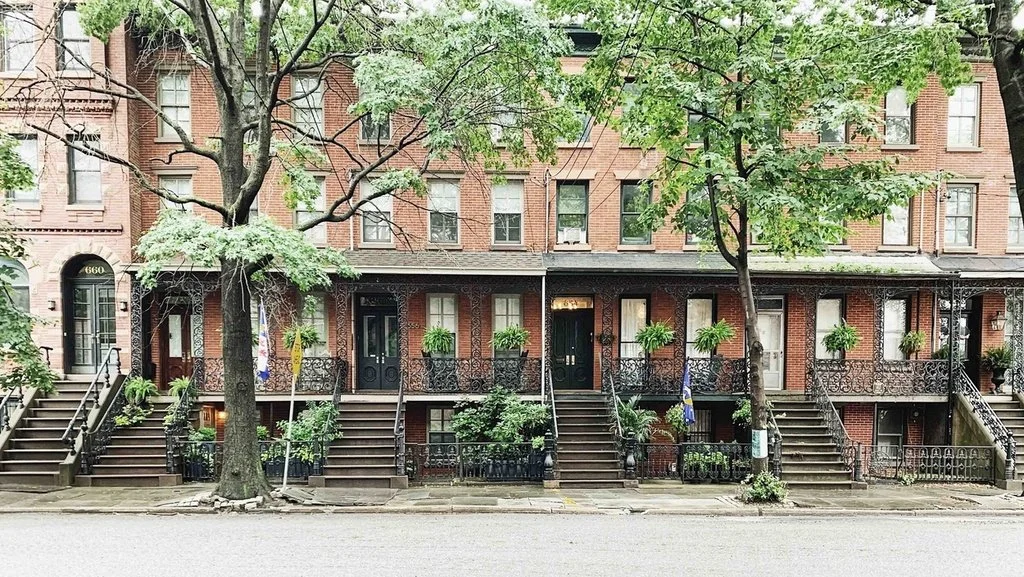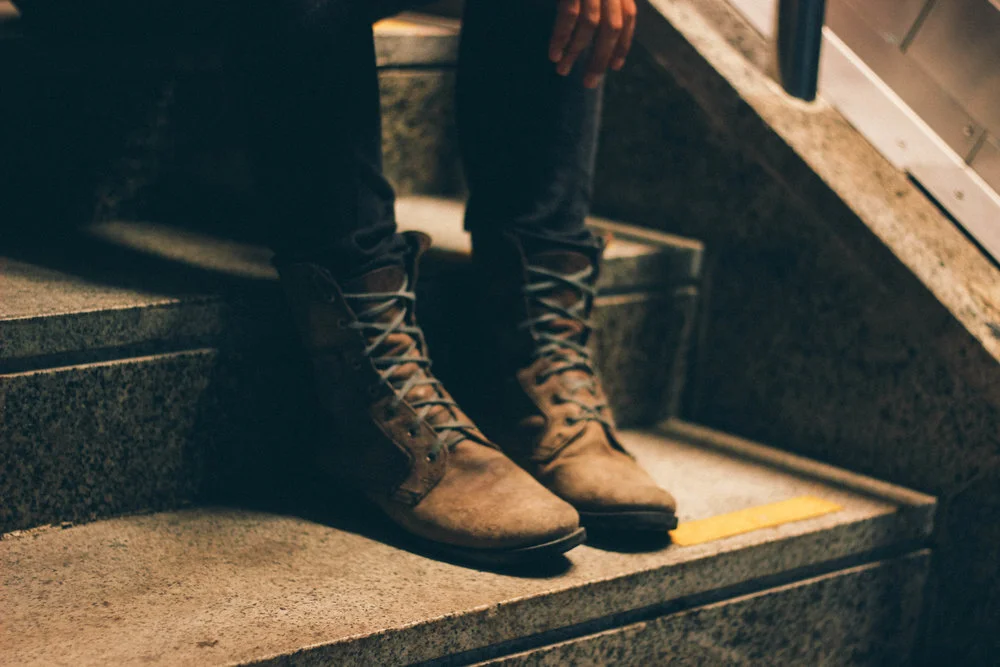Jersey City Historic Brownstone Living
The design of the brownstone building and its infamous stoop had initially been a practical solution to the challenges faced by the city's residents. A large staircase was attached to the front of the building as a means of protecting parlors from floodwaters and the stream of dirt, rodents, and horse manure that flowed through the streets. Later the stoop served as a signifier of prosperity and status. As more wealth flowed into the area, homeowners began to upgrade their stoops with wider and more ornate ones to accommodate the larger furniture brought into the homes. Its two separate entrances allowed homeowners and their guests to enter through the main door, while the second entrance, hidden below the stairs, was used by workers and house staff.
Between Word War I and World War II, the brownstone became less of a marker of prosperity. Residents of means traded their townhouses for the appeal and social status associated with the introduction of apartment building living. It was then, when townhouses once again belonged to the middle class, that the stoop served perhaps one of its most significant purposes to date - a place for the community. The home's front steps became the center of socialization and community life in the neighborhood, a place for social gatherings, a site for relaxation after a long days' work, and a central location for gossip and community news.
Brought by the job opportunities the came with the industrial revolution, immigrant families from around the world used the stoop as a means of socializing and community building. This pillar of the industrial society established cohesive neighborhoods in which residents looked out for one another, gathered on warm nights to avoid the heat of the kitchen, and where families and traditions were woven into the lining of the city.
In the latter part of the 20th century, families once again traded their urban Townhouse living for the comforts of more suburban areas. It was then that vacant single-home brownstones began to be converted to multifamily dwellings and the removal of stoops was readily adapted. In removing the stoop, the entrance of the building could be relocated onto the ground floor creating more room for rental income on individual apartment space. This modernization lead to the removal of all of the façade’s historical details as well as those of the interior of the home. Many of these buildings were left with a more modern flat rectangle.
But it was Jersey City’s lack of wealth during the 1970-1990s that these historic homes were left abandoned and in some cases deteriorating. Ironically, it was this neglect which allowed for the preservation of the Townhouses historical details to be kept for future generations to enjoy. These original architectural details are now one of the greatest draws of Jersey City.
With the city's resurgence, brownstone & townhouse living has once again become popular amongst urban dwellers. The charm of the brownstone and its stoop remains a part of the authenticity, rich history, and a reminder of the transformation that this city has endured.





